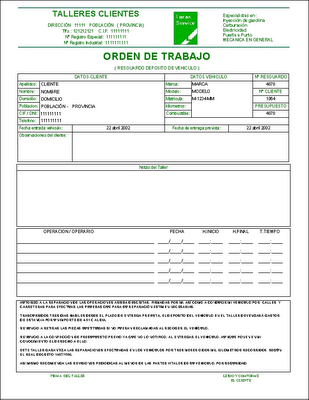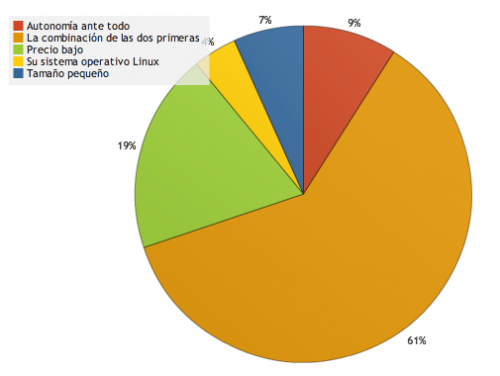 The Meninges They are three membranes that cover and protect the brain and spinal cord, structures that make up the central nervous system, they are the Pia mater, Arachnoid and Dura mater.
The Meninges They are three membranes that cover and protect the brain and spinal cord, structures that make up the central nervous system, they are the Pia mater, Arachnoid and Dura mater.
The Pia mater is the innermost membrane, it completely covers the central nervous system and is in direct relationship with the blood vessels.
The Arachnoid is located outside it, it is formed by a membrane that emits extensions towards the Pia mater which gives rise to a cavity inside it, the subarachnoid space, through which the cerebrospinal fluid flows.
The Dura mater is the outermost membrane, it has a fibrous structure and a pearly white color, it separates the central nervous system from the skull and the spinal canal from the vertebral column. Between the Dura and the Arachnoid there is a virtual space known as the subdural space. At the level of the skull, the Dura mater is directly attached to the bone, whereas in the spine there is a space between this membrane and the walls of the spinal canal called the Epidural space.
Inside the skull there are no veins as such, but venous sinuses, they are drainage structures that are formed by the Dura mater. This membrane also forms a structure known as the Tentorio or Tent of the Cerebellum, an extension of the Dura mater that forms a septum that completely separates the cerebellum from the brain.
Meninges Disorders
 The meninges are the seat of a series of disorders, among which three stand out predominantly for their importance and frequency.
The meninges are the seat of a series of disorders, among which three stand out predominantly for their importance and frequency.
Meningitis
It is the colonization of the meninges by pathogenic germs, mainly viruses and bacteria, it is an infection that occurs frequently in childhood; it is accompanied by discomfort such as headache, fever, and a stiff neck. Its evolution is variable and can recover completely or leave sequelae, which will depend on factors such as the microorganism that produces it and the conditions of the patient's immune system.
Meningioma
It is a tumor that affects the Dura mater membrane, although it is not a malignant lesion per se, it is capable of causing a series of symptoms as a result of the compression of the neighboring structures which will produce a series of symptoms that can include headache, paralysis, loss of strength, loss of sensation, cranial nerve involvement, dizziness and seizures among others.
Subarachnoid hemorrhage
The rupture of a blood vessel in the brain can cause bleeding into the subarachnoid space, this occurs mainly in the case of aneurysms or an arteriovenous malformation and is manifested by an important and very intense headache of sudden onset that can be accompanied by disorders of consciousness, vomiting, stiff neck and seizures.









